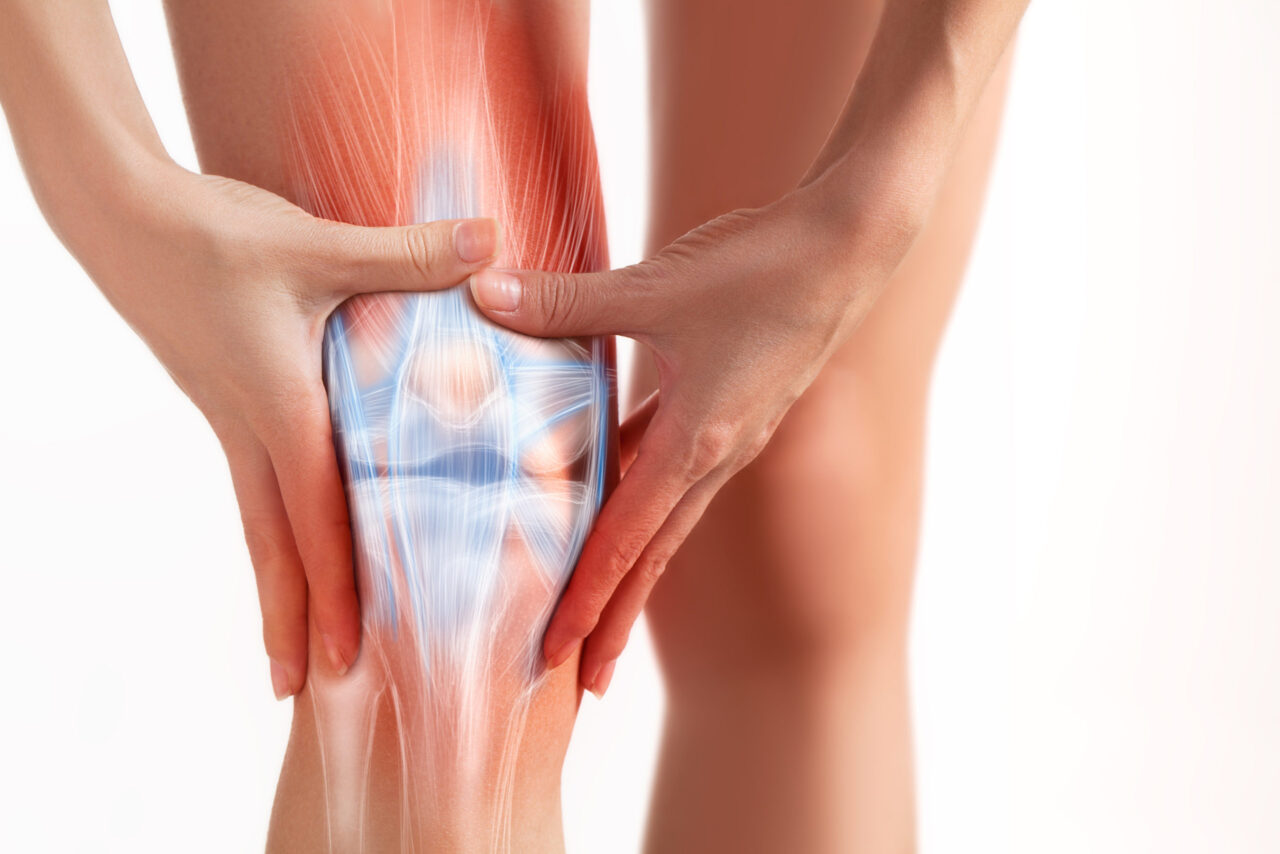Common Ligament Injuries and How to Manage Them
Ligament injuries are a common yet treatable condition. By seeking prompt, expert care and following a structured rehabilitation plan, most individuals can return to their usual activities without long-term issues. If you’ve experienced joint pain, swelling, or instability, book a consultation with Dr Dinesh today and take the first step towards a full recovery.

What Are Ligament Injuries?
Ligament injuries are common musculoskeletal conditions that occur when the tough bands of tissue connecting bones within a joint become stretched or torn. These injuries can affect anyone, although they’re particularly common among athletes, active individuals, and people with physically demanding jobs.
In Singapore, ligament injuries frequently affect areas such as the knee, ankle, wrist, elbow, and shoulder. Without timely care, they can lead to joint instability and long-term discomfort. The good news is that most ligament injuries improve with structured, non-surgical treatments when managed early.
Why Do People Experience Ligament Injury?
Ligaments play a critical role in stabilising joints and supporting movement. However, when a joint is forced beyond its normal range of motion or endures excessive stress, the ligament may stretch or tear. This can happen during sports activities, everyday accidents, or even simple missteps.
For example:
- Ankle sprains often occur when the foot rolls inwards while walking on uneven ground.
- Knee ligament injuries may happen during sudden changes in direction while playing football or basketball or during contact such as tackles.
- Wrist sprains can result from a fall onto an outstretched hand.
It’s important to recognise the risk factors so that you can take proactive steps to protect your joints.
What Causes Ligament Injuries?
There are several situations that can increase the likelihood of ligament injuries:
- Sports and High-Impact Activities: Jumping, running, or abrupt changes in direction place stress on ligaments.
- Falls and Accidents: Slipping or falling can lead to sudden, unnatural joint movements.
- Overuse or Repetitive Motion: Continuous strain on joints through repeated actions may weaken ligaments over time.
- Poor Footwear or Equipment: Inadequate support during exercise increases the risk of injury.
- Muscle Imbalances: Weak or tight muscles can alter joint mechanics, placing additional pressure on ligaments.
Understanding these causes allows individuals to make safer activity and lifestyle choices.
Common Symptoms of Ligament Injuries
Symptoms of a ligament injury can range from mild to severe, depending on the extent of the damage. In most cases, people experience:
- Pain at the injury site, which may worsen with movement or pressure.
- Swelling and bruising around the affected joint.
- A popping or snapping sensation at the time of injury.
- Difficulty bearing weight or using the joint normally, immediately after the injury or even several days later.
- Joint instability or looseness, particularly if a ligament tear has occurred.
Since symptoms can overlap with other joint issues, it’s advisable to seek a medical assessment for an accurate diagnosis.
How Do You Relieve Ligament Injury?
Most ligament injuries respond well to non-surgical treatment options, especially when addressed early. At Dr Dinesh Clinic in Singapore, we provide evidence-based care tailored to each patient’s activity level and recovery goals.
Non-Surgical Management Options Include:
- Activity Modification: Reducing or avoiding activities that aggravate the injury while maintaining gentle movements to prevent stiffness.
- Ice Therapy: Applying cold packs can reduce swelling and discomfort in the early stages.
- Supportive Bracing: Using a brace or support device helps protect the joint and prevent further strain.
- Structured Rehabilitation Exercises: Targeted physiotherapy programs strengthen surrounding muscles, improve joint stability, and restore mobility.
- Pain Management: Non-prescription medications and topical treatments can ease symptoms when necessary.
- Ultrasound-Guided Interventions: In certain cases, image-guided procedures may be recommended to support recovery without surgery.
Most patients notice gradual improvement over several weeks, although recovery times vary based on injury severity.
When Should You See a Sports Doctor?
If you suspect a ligament injury, especially if swelling or joint instability persists, it’s important to get a professional evaluation. Early diagnosis prevents complications and allows for a faster, safer return to daily activities or sports.
Dr. Dinesh Sirisena has extensive experience in managing ligament injuries for active individuals, athletes, and those recovering from accidents. Our clinic focuses on conservative, non-surgical care that aligns with international best practices.
Why Choose Dr Dinesh Clinic Singapore?
✔ Evidence-Based, Non-Surgical Care
✔ Experienced Sports Medicine Specialist
✔ Personalised Treatment Plans for Active Lifestyles
✔ Positive Patient Outcomes & Trusted Service
✔ Modern Diagnostic Facilities Including Musculoskeletal Ultrasound
Patients regularly choose Dr Dinesh for reliable, timely care designed to help them regain confidence in their movement.


